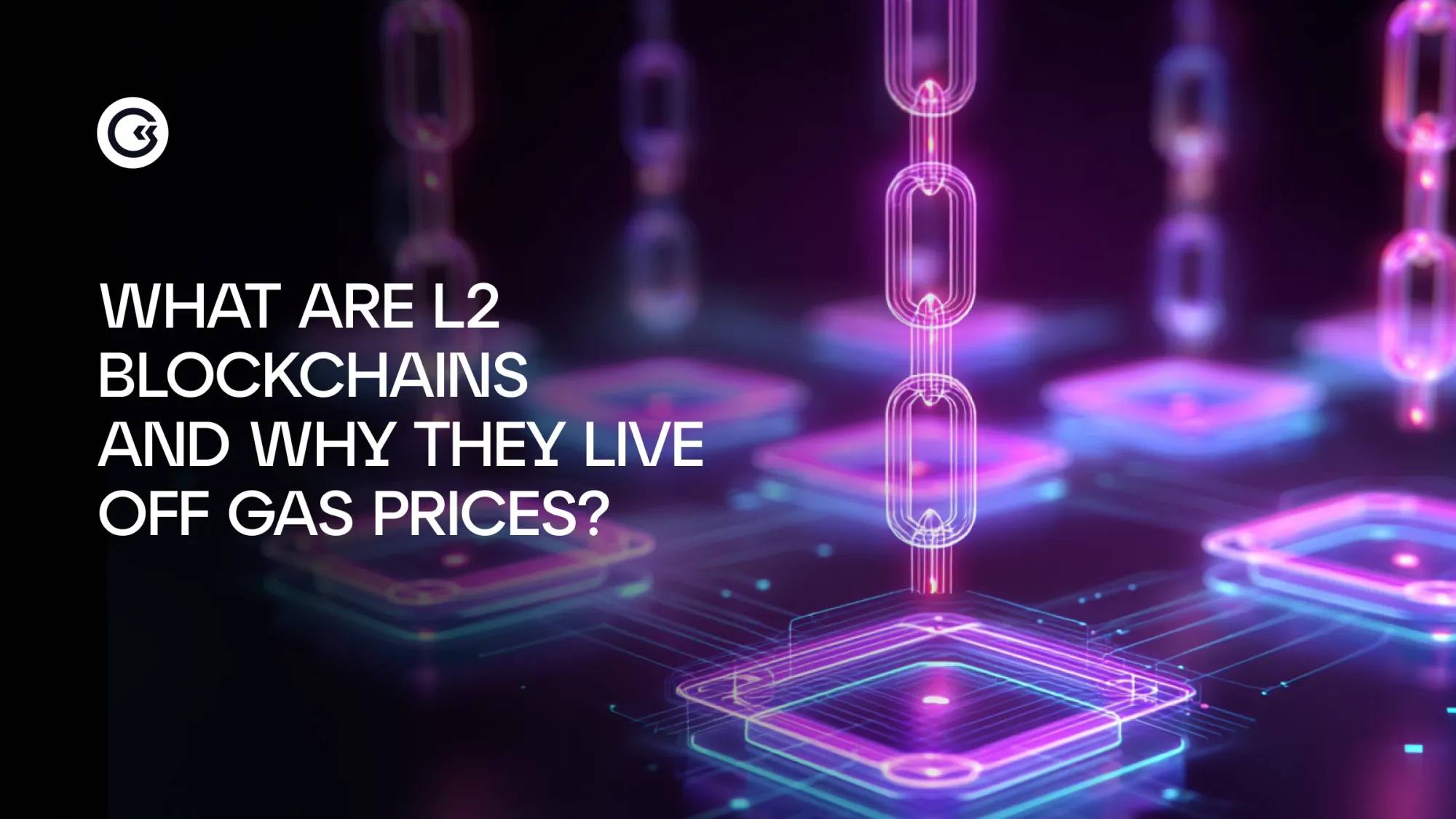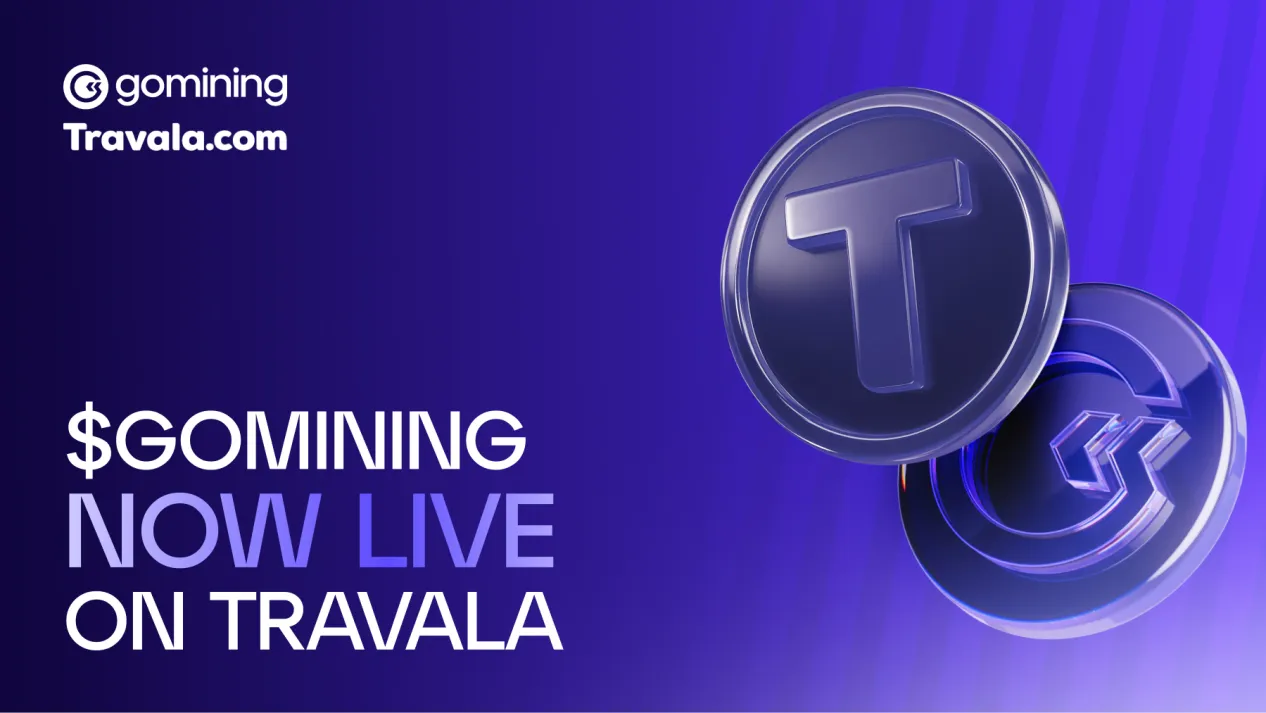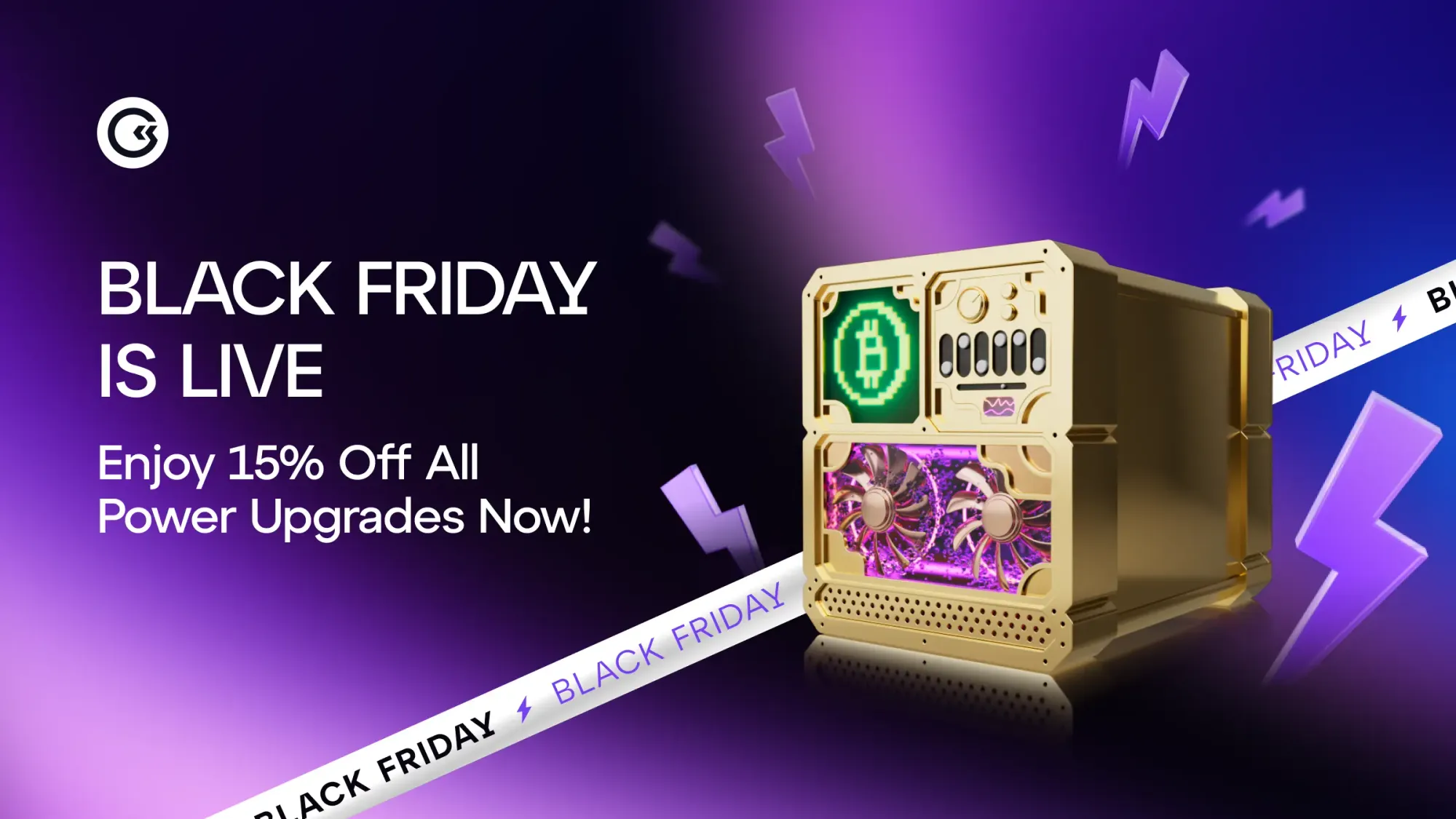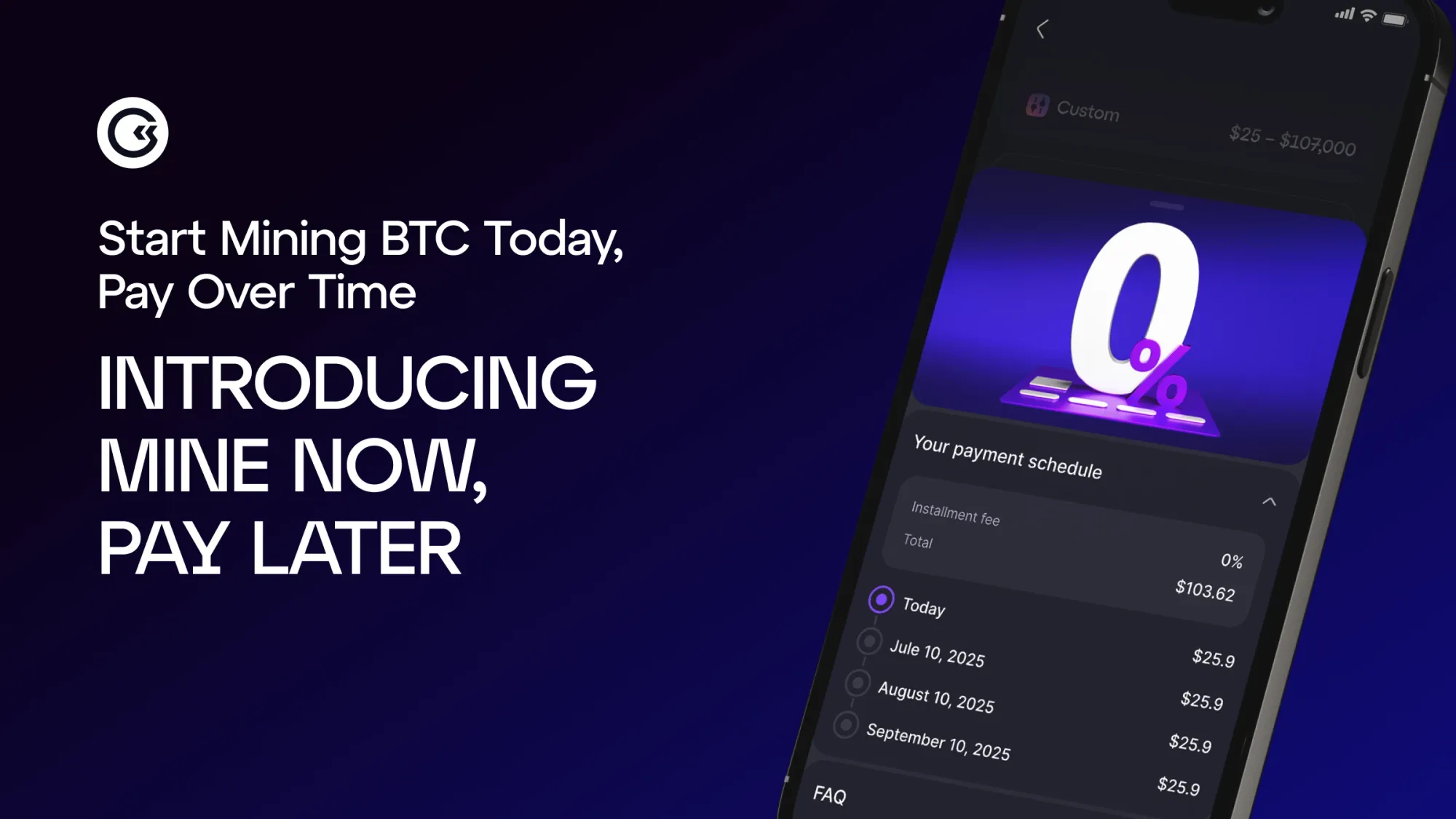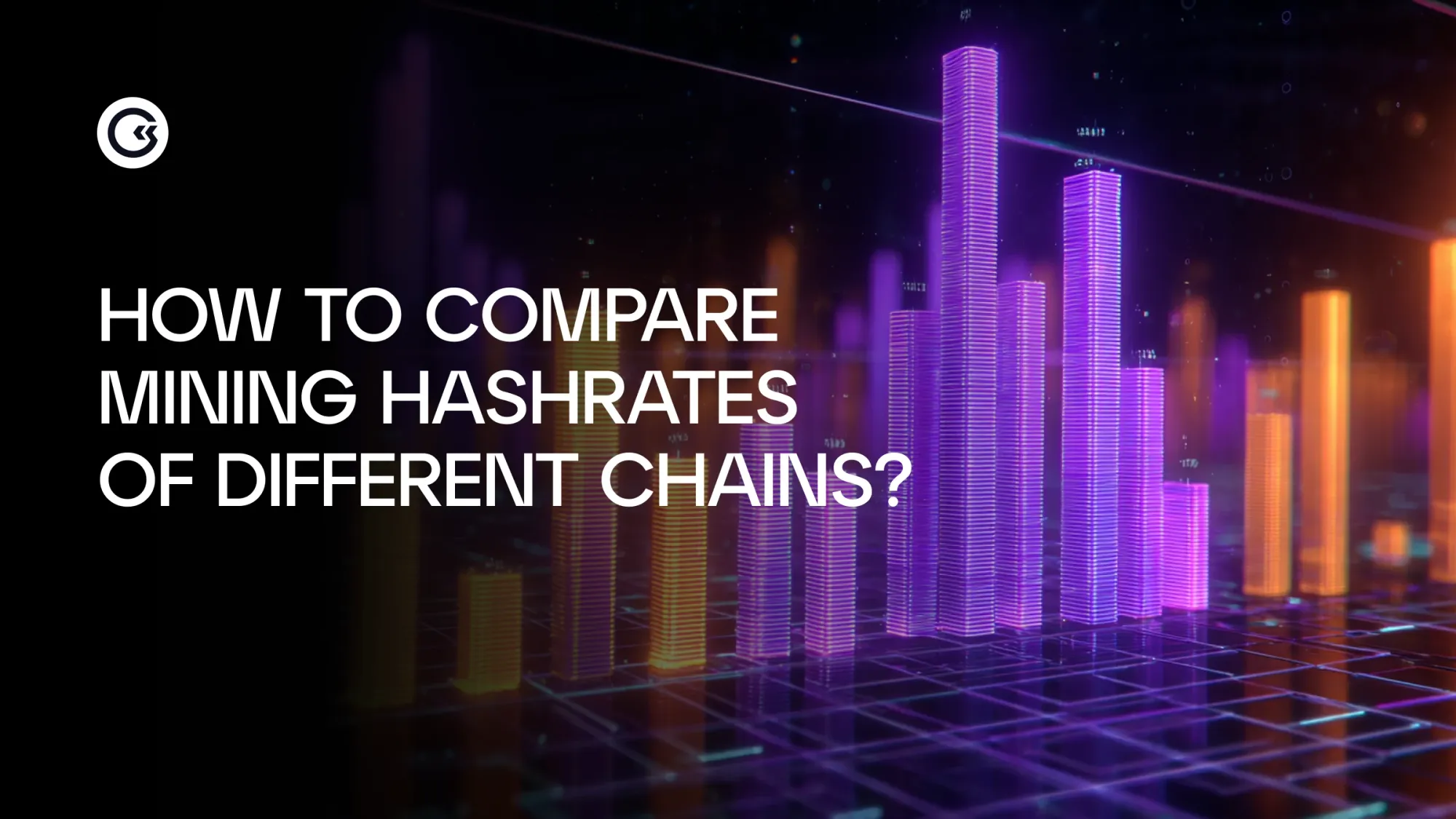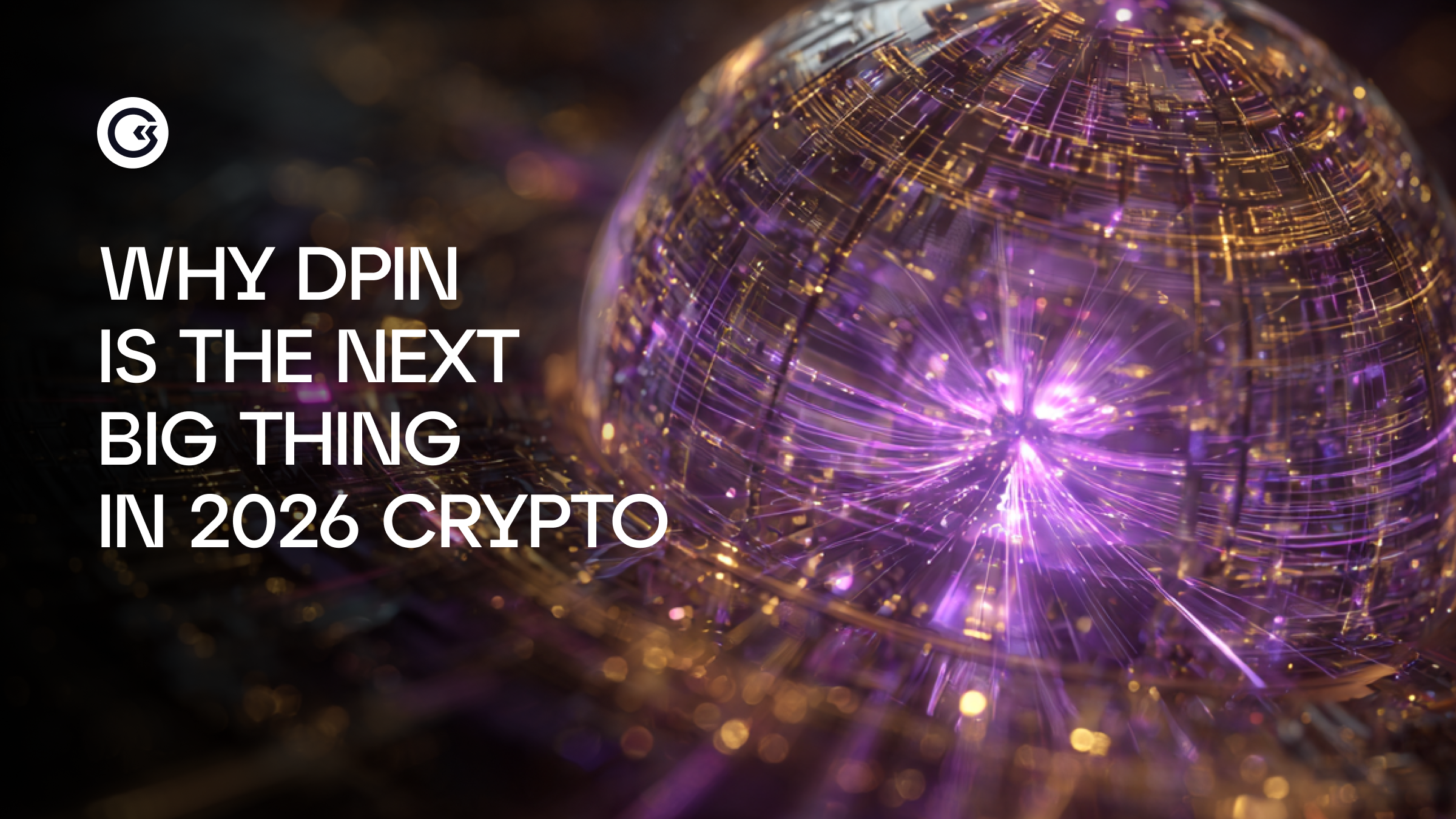If you try to explain the nature of Layer-2 blockchains to someone who’s never used DeFi, never opened an on-chain wallet, and doesn’t know the difference between calldata and bytes, the best approach isn’t to start with math or cryptography. It’s to tell a simple story — the story of how Ethereum became too popular.
Imagine a huge city with one main avenue. It’s safe, reliable, beautifully maintained, and its traffic lights are synced so precisely that city engineers are proud of the work they’ve done. But there’s a problem: the city has grown too large, while the avenue has stayed the same. It simply can’t handle the volume of traffic anymore, even though the roads themselves are still there.
At some point, cars start piling up. People honk, traffic crawls at 5 km/h, and moving forward becomes a luxury. No one is going to rebuild the entire avenue — that would be too expensive and too risky. Instead, the city builds overpasses, bypasses, express lanes — additional layers that relieve the pressure on the main road while still following its rules.
This is exactly how Layer-2 networks work. They take the load off Ethereum without replacing it and extend it.
What’s the difference between L1 and L2 Blockchains
Put simply, Ethereum (L1) is the foundation of the entire network — the main avenue. It’s where the rules live, where security is enforced, and where the final truth about every transaction is stored. But this “avenue” is not infinitely elastic. As more users arrive, traffic slows down, fees climb, and scaling L1 directly becomes dangerous for decentralization.
So L2 networks appear — the bypasses and overpasses that ease the traffic. They process transactions quickly and cheaply on their own layer, but they still send the final data back to Ethereum so L1 can secure it.
In other words:L1 = truth and security.L2 = speed and scale.
And this is the crucial part: L2s survive only because they regularly publish their data to Ethereum. Their entire economic model depends on L1 gas prices — when gas rises, L2 costs immediately rise with it.
Ethereum is too valuable to redesign aggressively. It secures the entire ecosystem, and pushing its throughput too far would chip away at decentralization.
L2 is the compromise:
- transactions execute quickly and cheaply on L2
- but Ethereum provides the final layer of security,because L2 data is published on L1 for everyone to verify.
Ethereum remains the guarantor of honesty; L2 becomes the place where scaling actually happens.
How L2 Works
To understand L2 economics, you need to understand what rollups are actually doing behind the scenes. The core idea is simple:

L2 takes on all the heavy work (executing transactions), and Ethereum verifies and stores the results. But publishing data to L1 costs money — and that’s where the economic mechanics begin.
Unique collections from Gomining
Rollups: The Heart of L2 Scaling
Rollups today are the true engine of L2 scaling. They allow Ethereum to stay secure without turning into a slow, expensive blockchain. From a human perspective, there are two main approaches: Optimistic rollups and ZK-rollups.
Optimistic Rollups
Optimistic rollups operate on the assumption that everything is valid unless proven otherwise. They treat transactions as correct immediately, with no extra checks, unless someone challenges them with a fraud-proof. Because of this model, withdrawing funds from L2 to L1 requires waiting through a challenge period — the community needs time to dispute suspicious activity.
ZK-Rollups
ZK-rollups follow an entirely different philosophy. Every batch of transactions comes with a cryptographic proof. This gives near-instant finality and a very high level of security — Ethereum simply verifies the proof and knows the data inside is correct. The downside is that generating these proofs is mathematically heavy and expensive, so ZK-rollups rely on more advanced cryptographic machinery.

Comparison table of ZK-rollups and Optimistic
In practice, Optimistic rollups are cheaper and simpler to run, while ZK-rollups deliver the strongest correctness guarantees. Both approaches drive the L2 ecosystem forward.
Why L2 Depends on Ethereum Gas
Here’s the key point: to inherit Ethereum’s security, every L2 must regularly publish its data to L1. This is not optional — it’s fundamental.
Every byte published to Ethereum costs gas. These DA (Data Availability) costs quickly become the largest operational expense for rollups. Most of what L2 spends money on isn’t hardware or computation — it’s paying Ethereum to store its data.

When gas is cheap, L2s thrive, when gas spikes, L2 costs skyrocket.
This is why the economics of every rollup are tied tightly to the economics of Ethereum itself.
L2 Profitability: A Simple Formula
The economics of any L2 network are much simpler than they appear at first glance. Think of it like a regular business with revenue on one side and expenses on the other. Its income comes from user fees, a small portion of MEV — the profit earned from ordering transactions — and the spread collected by the sequencer, the component responsible for gathering and arranging transactions inside the rollup.
But this is where the expensive part begins: every L2 must pay to publish its data on Ethereum — that’s the core DA cost — plus the price of generating proofs in the case of ZK-rollups, and the cost of maintaining its own infrastructure, from servers and networking to engineering teams.
If you boil it all down, the formula is surprisingly down-to-earth:L2 profit = revenue (fees + MEV + sequencer spread) minus expenses (Data Availability + proofs + infrastructure).
And here’s the striking detail: for most L2 networks, DA ends up consuming the largest share of the budget. That’s why the entire L2 ecosystem watches Ethereum gas prices so closely — they directly determine whether a rollup can operate profitably or barely break even.

L2 Revenue Structure
What EIP-4844 Changed
EIP- 4844 dramatically reduced the price of publishing data on Ethereum. Before the upgrade, each byte cost around 0.000013 ETH. After — 0.000002–0.000005 ETH, a reduction of roughly 5–7×.
Even with this improvement, DA remains a major expense. Arbitrum spends roughly $18M/year, Optimism around $12M, and Base about $9M, just to publish data to Ethereum.But their revenues are substantial too: Arbitrum’s sequencer earns $71M+, Base over $42M, and OP Stack ecosystems over $51M.
Real throughput is also modest but growing:Base handles 20–30 TPS, zkSync slightly above 30 TPS, Arbitrum 10–18 TPS.
This is faster than Ethereum, but the ceiling is far from reached.
Read also: How POS blockchains work
L2 Sustainability Framework (A Framework for Assessing the Long-Term Viability of L2 Blockchains)
If you look at the sustainability of an L2 through the lens of business analysis, it quickly becomes clear that a rollup isn’t just a piece of technology. It’s an economic model with its own cost structure, revenue streams, risks, competitive pressures, bottlenecks, and growth potential. To understand whether an L2 network can survive for many years, you can’t focus only on “speed” or “low fees.” You need to examine much more fundamental characteristics. Here is the complete seven-part framework.
1. DA Cost Efficiency — the ability to publish data to Ethereum cheaply
Every L2 network depends on a single critical resource: data availability. When gas on L1 is low, a rollup can operate comfortably — publishing data costs less, fees stay predictable, and the network can generate steady revenue. But as soon as Ethereum gas spikes, L2 expenses jump immediately, because publishing data to L1 is a requirement for inheriting Ethereum’s security. This is why the long-term viability of any L2 depends on how well it compresses data, how efficiently it uses EIP-4844 blobs, and how prepared it is for danksharding. A rollup that spends too much on DA will inevitably slide into losses. As Vitalik put it succinctly: “Rollups must store data on Ethereum. That’s the cost of inheriting its security.”
2. Proof Cost Dynamics — managing the cost of proof generation
For optimistic rollups, proofs are created only when someone disputes a transaction, so proof costs are almost negligible. ZK-rollups operate differently: every single batch of transactions must be wrapped in a cryptographic proof, which is expensive to produce. The cheaper ZK proving becomes, the faster computation providers operate, and the stronger the competition among provers, the more resilient the entire rollup becomes. If proof generation remains costly, even a popular L2 may hover on the edge of profitability — compute expenses will absorb most of the revenue.
3. Throughput & Compression — transaction volume and batching efficiency
A sustainable L2 is one capable of processing a large number of transactions at the same time and packing them efficiently. The more users fit into a single batch, the lower the effective cost per transaction. That’s why high-traffic networks — like Base or zkSync during peak NFT minting — tend to be more economically stable: they spread DA costs across a huge number of operations. It’s a true economy of scale that turns heavy demand into financial resilience.
4. Sequencer MEV Capture — controlling local MEV flows
Fee revenue alone rarely makes an L2 genuinely profitable. The real upside appears when a network can manage its own MEV: extract arbitrage, control transaction ordering, run auctions, and set priority rules. An L2 without a functioning MEV economy is like an exchange with no trading fees — it survives only until a more efficient competitor arrives. Strong MEV mechanics can turn even a relatively inexpensive rollup into a stable business.
5. Sequencer Decentralization — resilience against centralization risks
Today, almost all L2 networks rely on a centralized sequencer — it’s fast, convenient, and predictable. But this setup comes with clear risks: a single operator can censor transactions, influence block order, or become a reputational liability. Long-term winners will be the networks that gradually shift toward a decentralized sequencer set, distribute sequencer revenue among stakers, and spread nodes across different regions and jurisdictions. This reduces dependence on any single entity and significantly increases the network’s durability.
6. Token Economics — building a sustainable token model
An L2 token shouldn’t exist merely as another speculative asset. It has to be embedded into the real mechanics of the network: enabling sequencer staking, receiving a share of MEV, contributing to security through restaking, and serving as collateral in proof systems. Only in this configuration does the token become part of an actual economic cycle instead of a decorative wrapper. Sustainable L2s are those where the token is integrated into the core infrastructure, not floating on the side.
7. Gas Price Resilience — the ability to survive high L1 gas
Here comes the toughest question: can an L2 stay profitable when Ethereum gas jumps to 200–300 gwei? This happens regularly on the market, and it’s the moment when a network’s true resilience is revealed. Compression efficiency, batch size, DA volume, MEV yield, and the ability to offset rising expenses — all of these factors suddenly matter. The rollups that fare best during such periods are the ones that publish minimal DA packages, serve a user base willing to pay, or have strong MEV economics. High gas is the ultimate stress test for any L2.

If three or four of these components are “red,” the L2 is heading toward structural unprofitability.
If all seven are “green,” you’re looking at a truly sustainable, long-term scaling layer.
Expert Quotes
Vitalik Buterin: “Rollups are the future of Ethereum scaling. But they must store their data on L1 to inherit its security.”
Dankrad Feist: “DA is the true center of rollup costs. EIP-4844 helped, but full danksharding will bring the real breakthrough.”
Justin Drake: “Ethereum is becoming a data-availability engine. Execution will live on L2, while security remains on L1.”
Conclusion
L2 blockchains are like layers of highway infrastructure built around Ethereum. They keep the main network safe and uncluttered while handling the bulk of execution. But because they must publish their data on L1 to inherit its security, they remain tightly bound to gas prices. Their sustainability is a balance of income and expenses — and ultimately depends on how well they optimize data, scale throughput, manage MEV, and survive gas volatility.
Sign up and get access to free (for now) GoMining course on crypto and Bitcoin mining.
FAQ
- Why must L2 publish data to Ethereum? To inherit L1 security. Otherwise it’s just a sidechain.
- Why is DA so expensive? Because storing data on Ethereum is limited and costly.
- Why do L2 fees rise when L1 gas rises? Because publishing data becomes more expensive.
- Why are ZK-rollups costly? Their proofs require heavy computation.
- Did EIP-4844 make rollups cheaper? Yes — by roughly 5–7×.
- Why can’t L2 disconnect from Ethereum? Because their security comes from L1.
- What if Ethereum gas hits 200–300 gwei? L2 margins collapse; many become unprofitable.
- What will L2 look like in the future? They’ll function like cheap cloud-execution layers.
- Can L2 become fully independent? Yes — but then they stop being L2 and become sidechains.
- Why do L2 have their own tokens? To incentivize sequencers, distribute MEV, and maintain network economics.
- What is EIP-4844 in simple terms? A new blob-data space that drastically lowers DA costs.
- Why are ZK proofs important for general-purpose L2? They provide instant finality and strong correctness guarantees.
November 24, 2025


